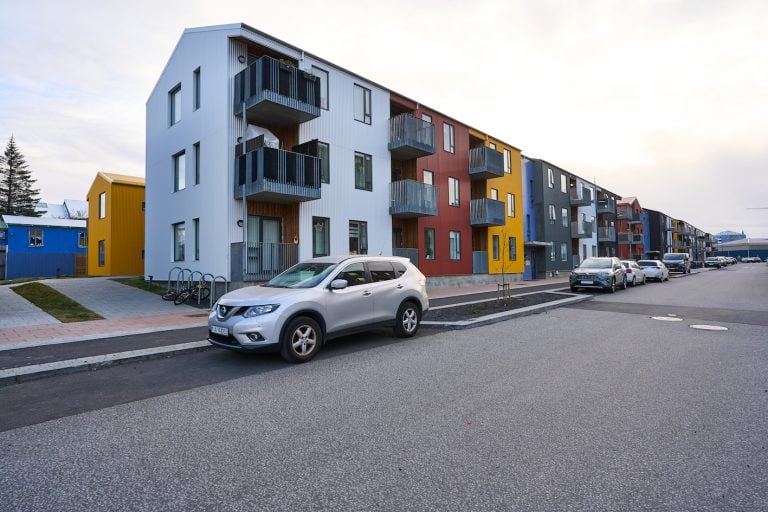Seven years ago, in 2016, the Reykjavík City Council approved a new regional plan for Kirkjusandur in Laugarnes. A new neighbourhood with 300 apartments, diverse services and business activities. Out of these 300 apartments, half will be assigned by the City of Reykjavík. This new neighbourhood that is currently being built is in the best location in the city, a short distance from the city centre, and a short distance to the sea side on the other side of Sæbraut. Although the neighbourhood is only half-built, the old building that used to house the headquarters of Glitnir / Íslandsbanki has yet to be demolished, business activity has already began developing in the neighbourhood. A kindergarten, a pharmacy, a Vietnamese restaurant, a fashion store and a podiatrist have been opened. The total cost of building this district, on the former site of Strætó, and Íslandsbanki is no less than around 30 billion ISK.
Kirkjusandur first appears in Oddgeirsmáldagi from 1379, where it is stated that Jónskirkja in Vík (Reykjavík) owns all the driftwood from Kirkjusandur’s beach, the sandy beach from Fúliækur (Where Kringlumýrarbraut meets Sæbraut, but the stream was put into stock just before 1960) to Laugarnes, where Sigurjón Ólafsson’s museum is At the beginning of the last century, Kirkjusandur was the centre of the fish processing industry in Reykjavík, after Þorsteinn Þorsteinsson established a fish processing factory there in 1899. A year later Jes Zimsen set up a fish processing factory there, then many others came with new fish processing factories at Kirkjusandur. In 1946, Strætó moved to Kirkjusandur and stayed there for more than half a century. Exactly at the place where a new district is now taking shape in the capital.
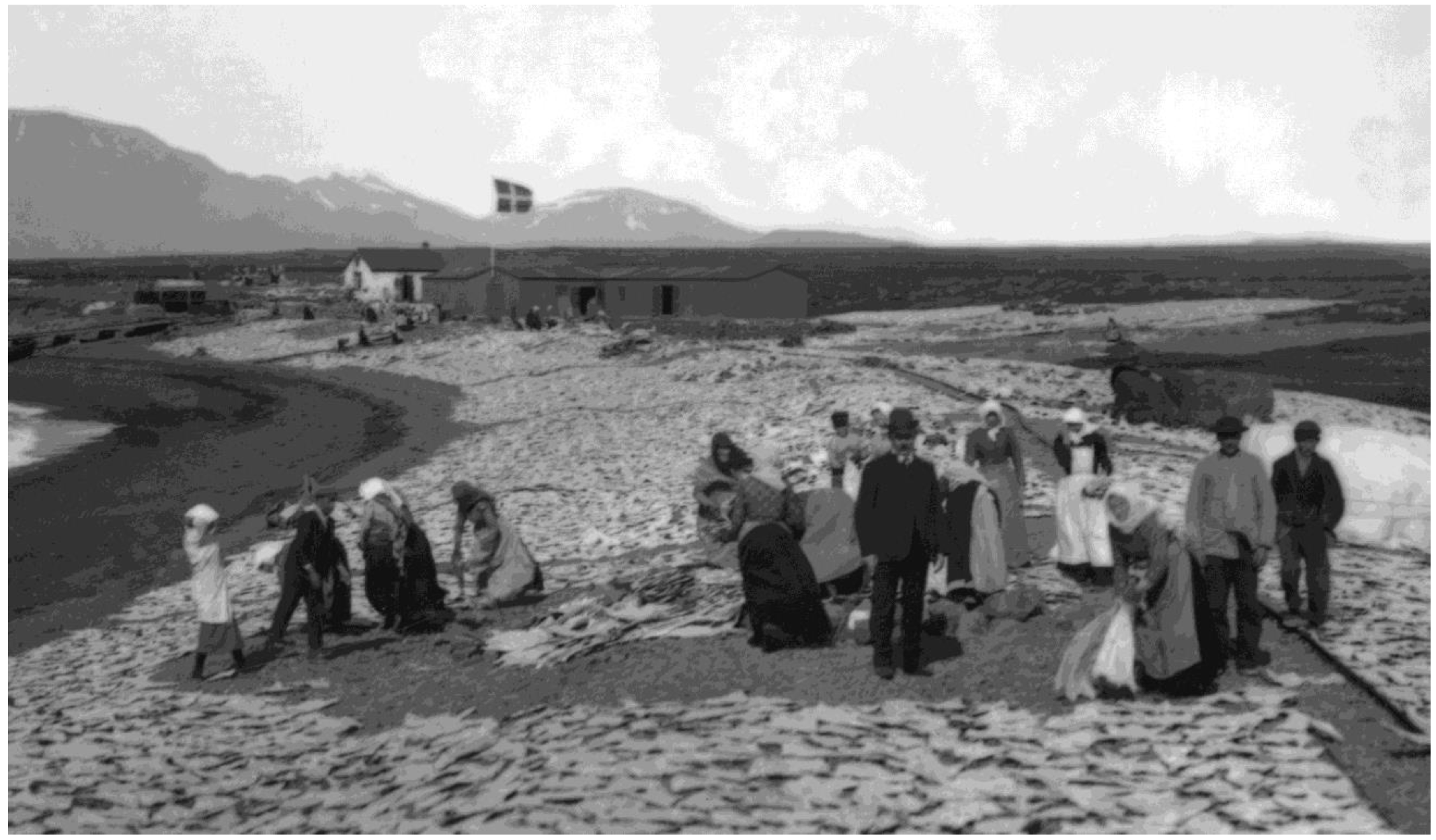

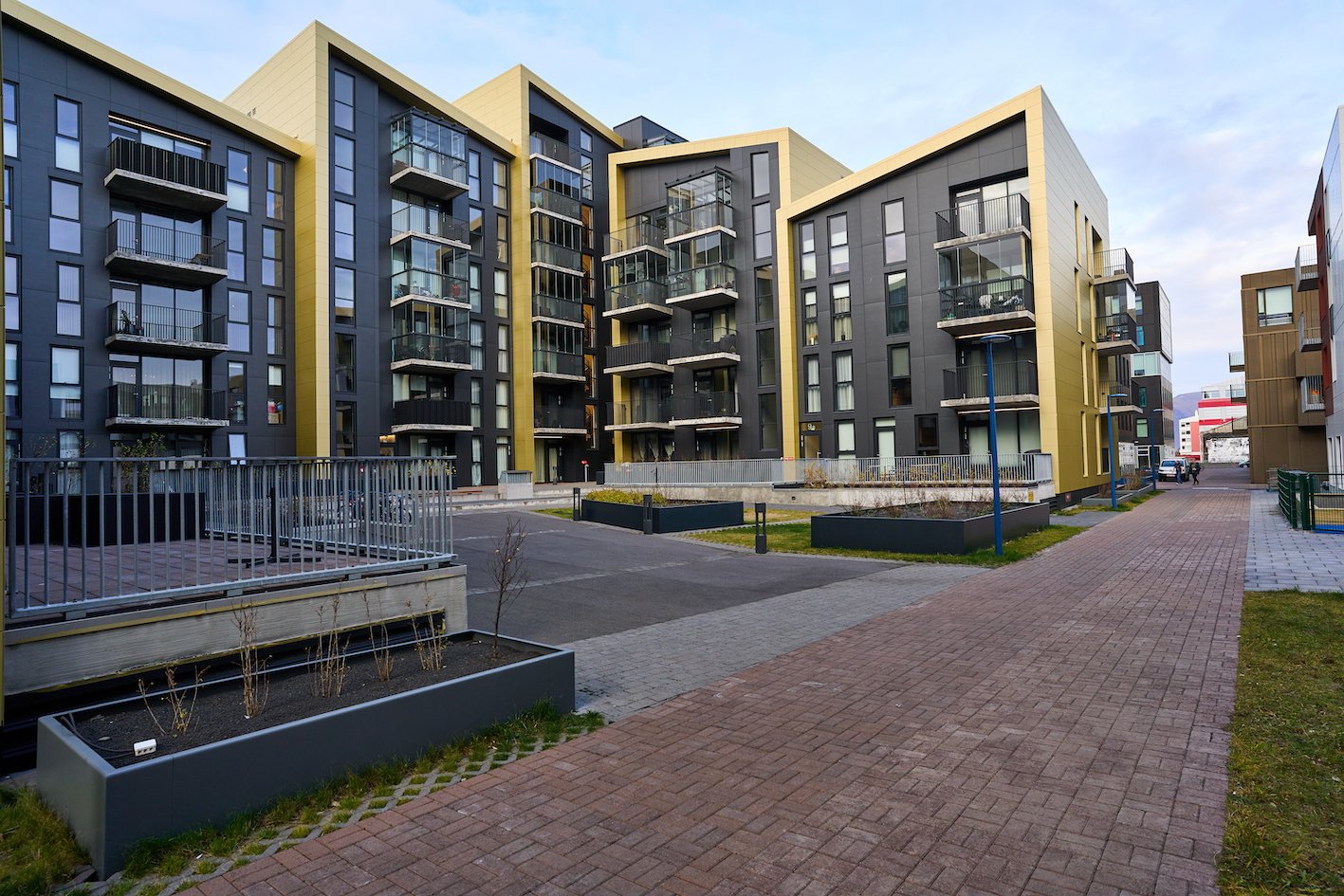

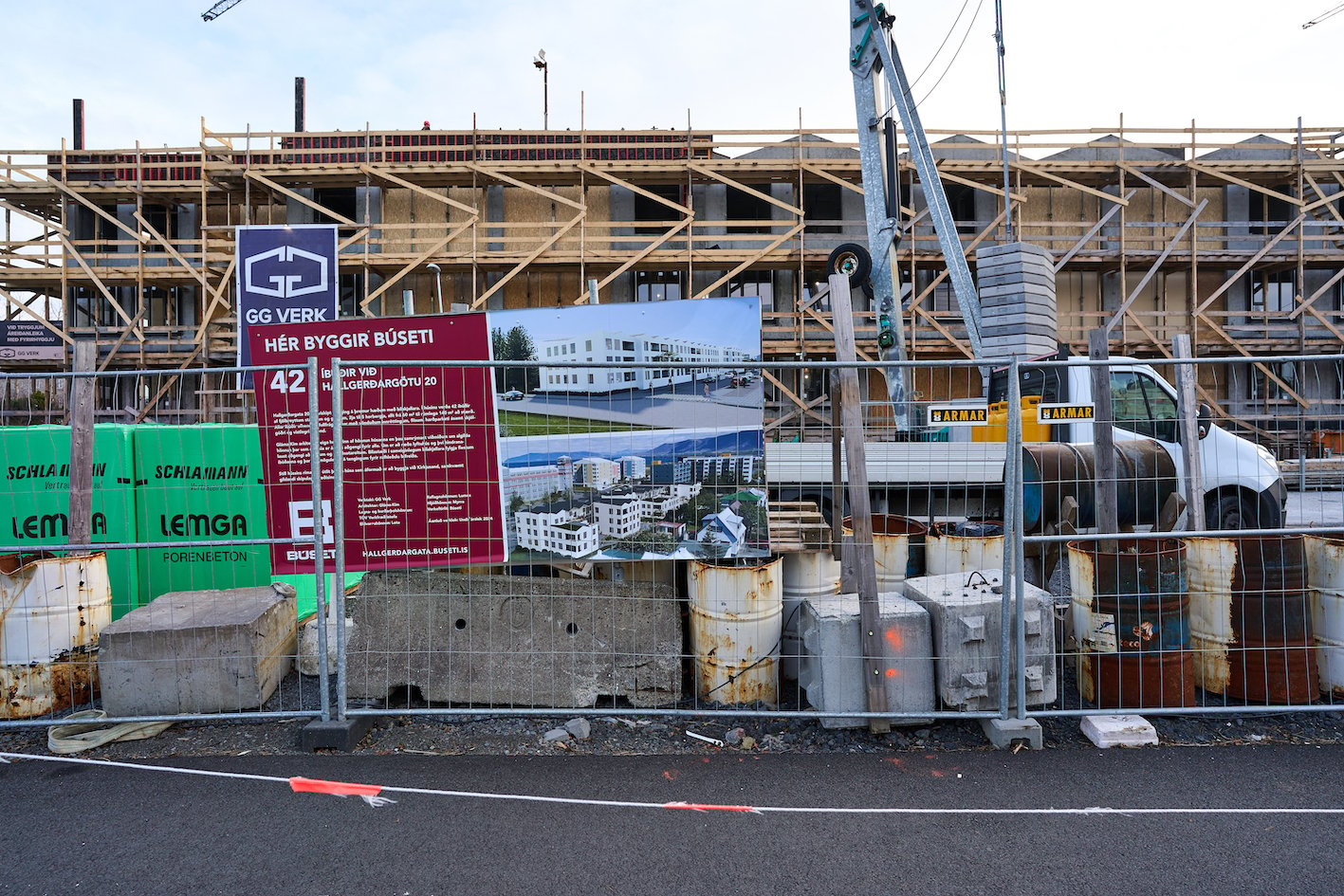
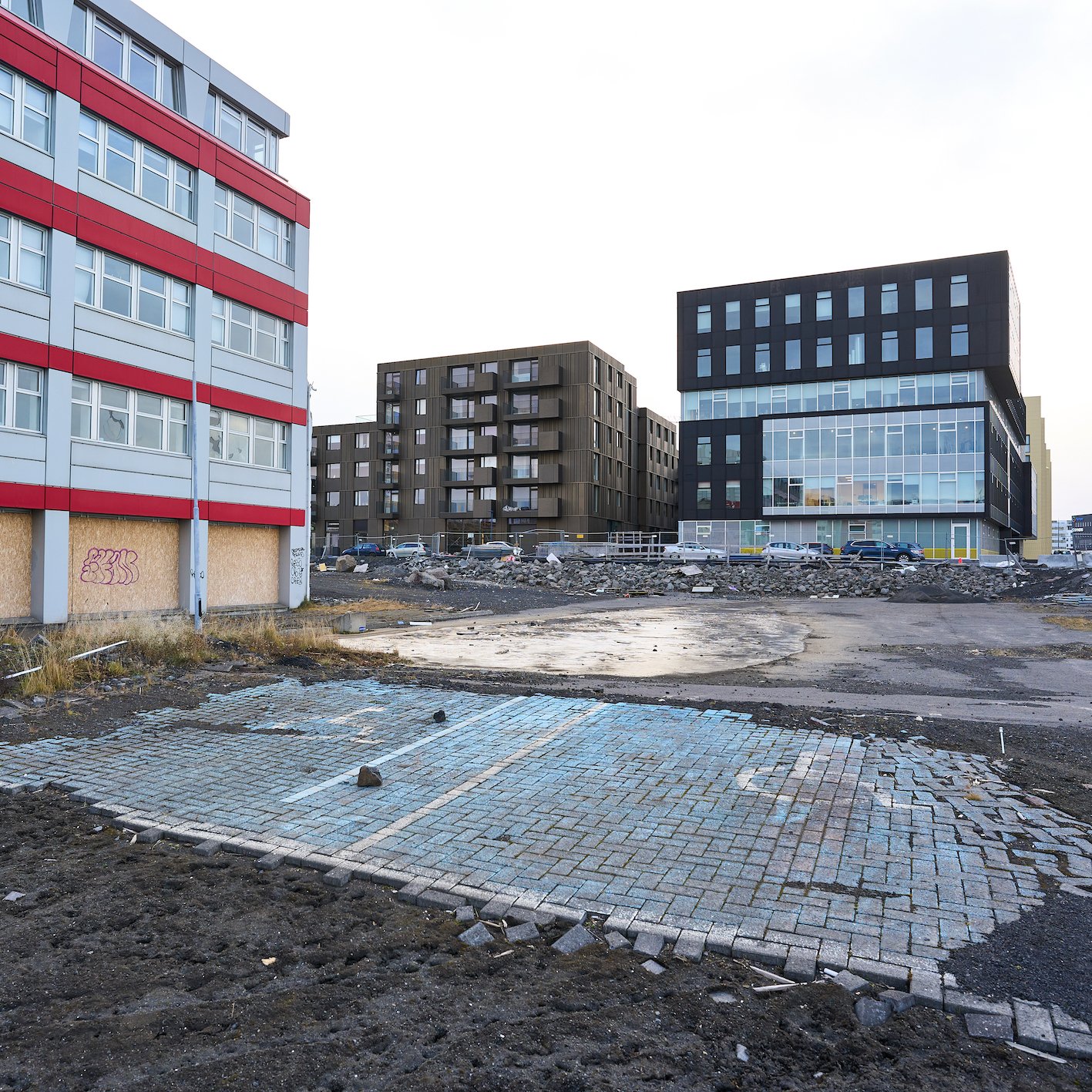
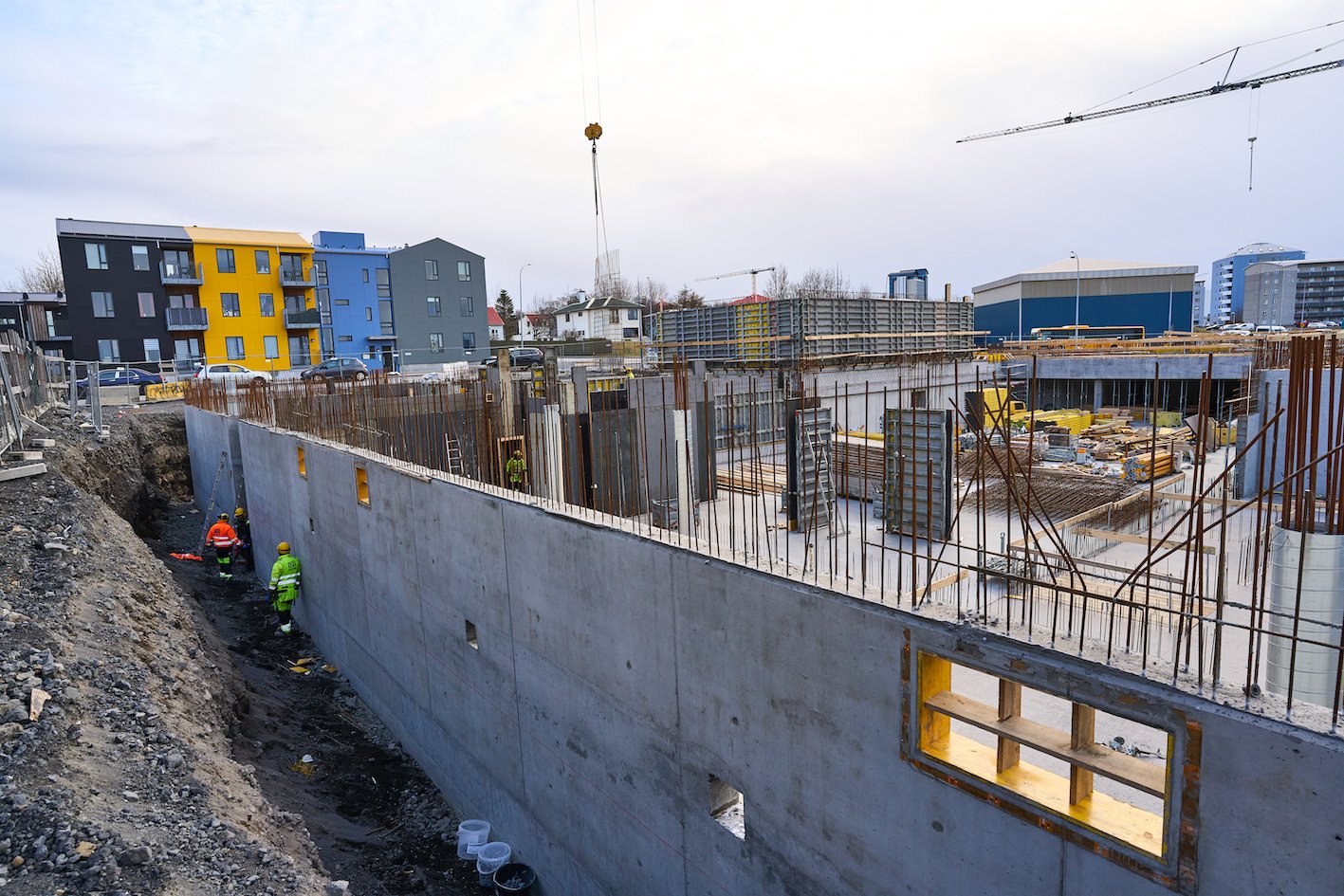
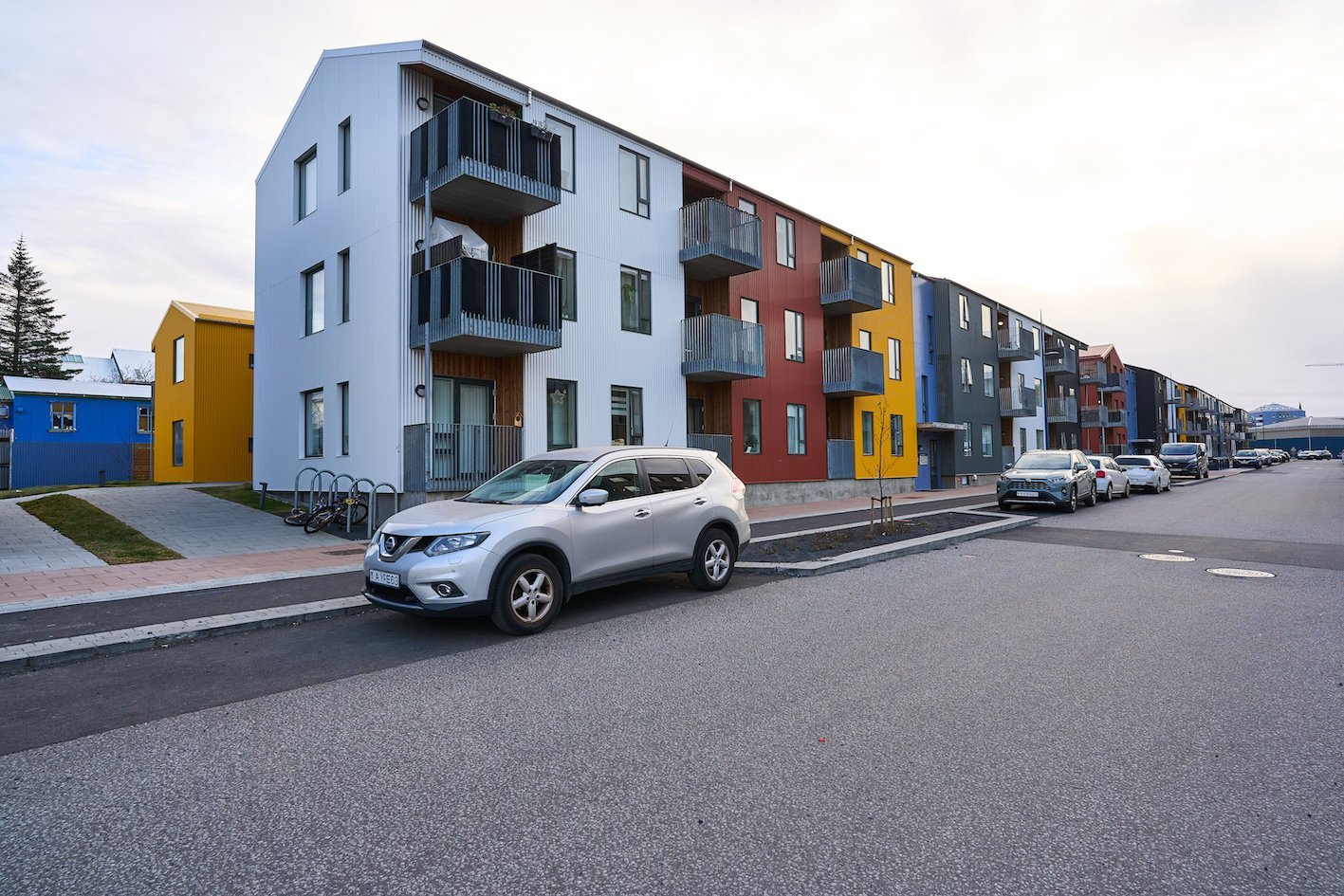
Photographs & text: Páll Stefánsson
Reykjavík 06/11/2023 – A7C : FE 1.8/20mm G, FE 2.0/28mm

